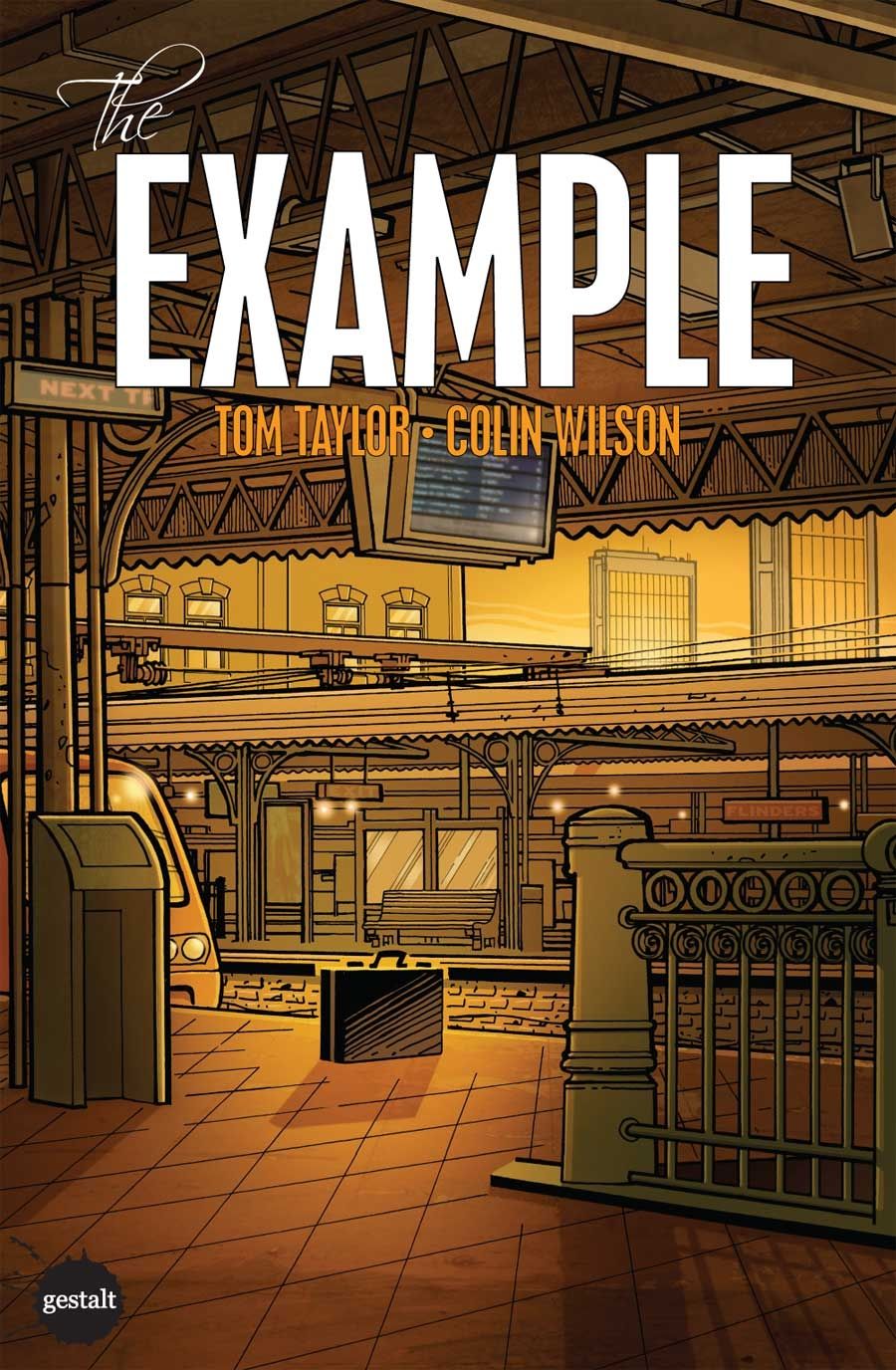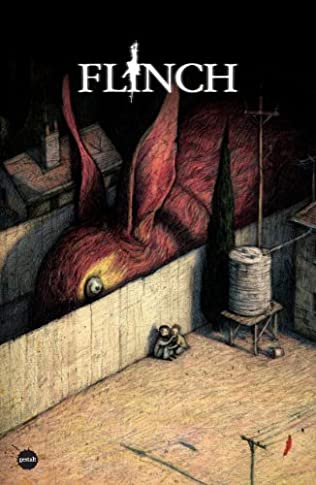
- Free Article: No
- Contents Category: Graphic Novels
- Review Article: Yes
- Article Title: Unflinching depths
- Online Only: No
- Custom Highlight Text:
It is fair to say that graphic novels are now an accepted form of literary endeavour. One could even argue that this happened quite some time ago, with the benchmark publishing event that was Alan Moore’s Watchmen (1986). Comics had long been threatening to make the leap of legitimacy into the publishing mainstream, and Moore’s unashamedly adult opus was the perfect platform for DC comics to market a collection of twelve slim comics as a full-length ‘graphic’ novel. Their gamble has turned out to be prudent, as evinced by Watchmen’s faithful transition to the silver screen this year. With special-effects technology finally able to capture the fantasy world of comics, and with a guaranteed audience, it is little wonder we are witnessing an endless onslaught of Hollywood blockbusters based on successful graphic novels.
- Book 1 Title: The Example
- Book 1 Biblio: $2.95 pb, 20 pp, 9780988562848
- Book 2 Title: Flinch
- Book 2 Biblio: $11.95 pb, 120 pp, 9780977562831
- Book 2 Cover Small (400 x 600):

The knock-on effect in publishing is clear. Major houses such as Faber and Faber are pillaging independents like Drawn & Quarterly for artists worthy of praise. Adrian Tomine, like Charles Burns and Chris Ware before him, has rapidly become a cash cow for Faber, which has only to print his work in a user-friendly format and wait for the dollars, and movie adaptations, to roll in.
Several pages into Tomine’s latest collection, Summer Blonde, it is easy to understand Faber’s confidence. Tomine is one of those rare talents who can not only write a brilliantly structured short story, but can draw it too. Set in and around the San Francisco Bay Area, the four stories offer an unsettling glimpse into the lives of his characters, young men and women filled with disillusionment and disappointment. A ghostwriter struggles with the advances from a teenage fan of his only worthy novel; a lonely local newspaper man becomes infatuated with a girl who works in a greeting card shop; a cynical woman calls strangers on the public phone opposite her window to watch them react to her insults; two teenagers struggle with the sexual hierarchy of high school. There is no humour here, no easy way out, just a deadening sense that nothing will change and that minor cruelties must be endured. Everything is drawn in stark, black ink, the framing so perfect that at times it is easy to believe you are watching a beautifully shot low-budget feature.
Australia has its own proud comics tradition that is finally emerging at the forefront, mostly thanks to Western Australia’s Gestalt Publishing. Flinch is the first of what promises to be a regular volume, collecting graphic shorts from around the country in an attractive package. Showcasing twenty artists and writers, these stories vary dramatically in content, but there is a consistently dark tone. The highlight is the deeply disturbing opening tale, ‘Withheld’. At forty pages, it is the longest story in the collection and boasts the strongest narrative, that of a prisoner being released after thirty years in jail. Artist and writer Bobby N. sets the standard, which the remaining stories in Flinch can struggle to maintain.
Given that almost all the remaining stories are either horror, science fiction or fantasy-based, Flinch wavers between catering to an adult audience and a teenage one. Whilst the artwork is of a high quality throughout, several of the stories, particularly the overlong ‘Daemon Street Ghost-Trap’, suffer from a lack of strong editing, a frequent problem with graphic short fiction. Another minor complaint is the absence of a contributors’ page; this leaves the reader wondering who some of these talented young Australians are. Like many of those contained in its pages, Flinch does show promise.
The Example is well named. Commonly known in the comics industry as a ‘one-shot’, this twenty-page comic is the conversion to graphic format of a successful ten-minute play by writer Tom Taylor. Set in Flinders Street Station, the story revolves cleverly around a briefcase someone has left on a platform. Gestalt intend releasing a series of stories with the common thread of a briefcase for an upcoming collection. In this case, playwright Taylor has recruited cult legend illustrator Colin Wilson for the artwork, no mean feat given Wilson’s pedigree. His work on ‘Judge Dredd’ and ‘Rogue Trooper’, in British weekly comic institution 2000AD, is well known in the industry. He applies a firm, experienced hand to Taylor’s script, lending a futuristic noir to the Melbourne setting. His flair for dramatic cuts and character close-ups is evident.
The beauty of graphic novels such as Summer Blonde, Flinch and The Example lies not only in their accomplished artwork, which is easy on the eye and satisfying in a cinematically visual manner, but in their willingness to explore uncharted territory. Their stories are rich and resonant, in many ways more disquieting and memorable than they would be if written in plain text. A reluctance to embrace such a storytelling format is understandable. However, the success of a writer like Tomine is testament to the fact that visual fiction does not detract from the reading experience, but opens up untapped depths which are difficult to resist.


Comments powered by CComment